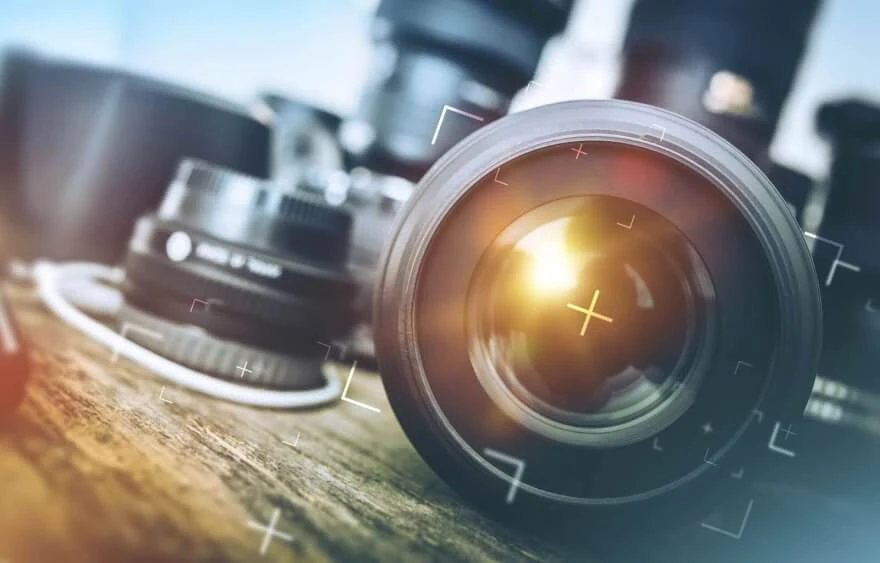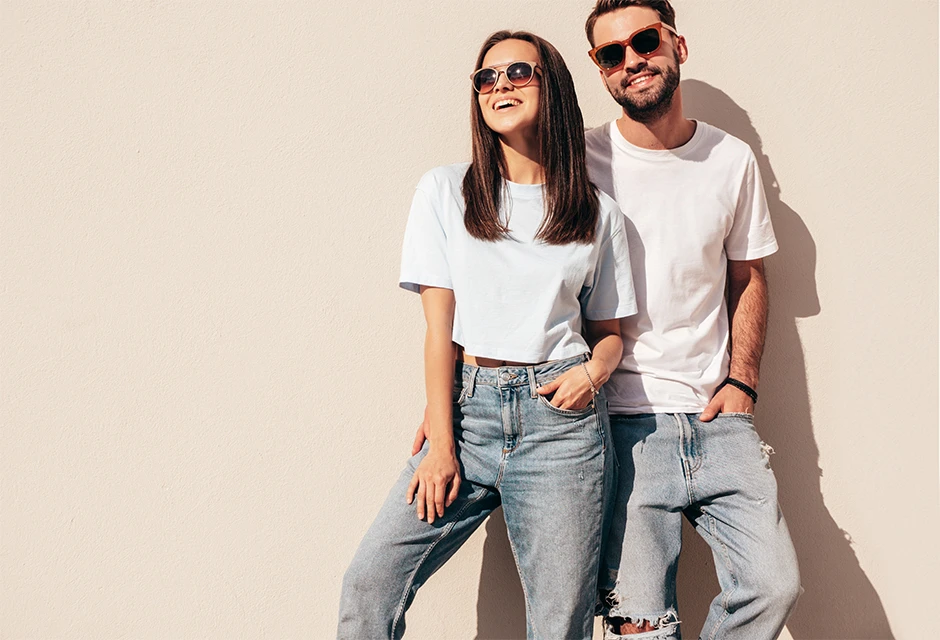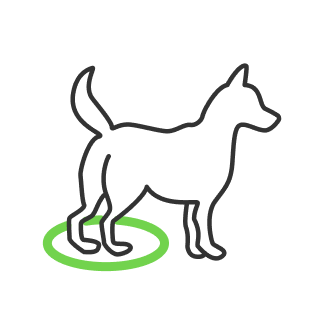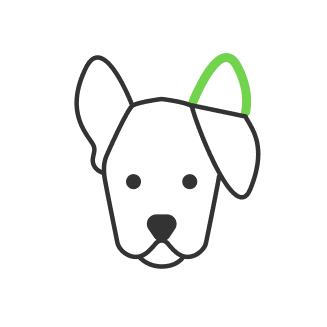Different styles and types of photoshoots

- Portrait Photography
- Landscape Photography
- Street Photography
- Fashion Photography
- Product Photography
- Event Photography
- Wildlife and Nature Photography
- Macro Photography
- Conceptual and Fine Art Photography
- Food Photography
- Underwater Photography
- Experimental and Abstract Photography
- Conclusion
Different types of photo shoots allow both models and photographers to unleash their potential in a career in professional photography. People like diversity, and photography is a subject of such variety. Despite maining one of the photography shot types or being flexible in various styles you will find something useful in this article. We try to cover the most popular photography styles here and reveal their main concept, additionally providing articles from our blog referring to the subject.
Portrait Photography

Portrait is the most common type of shot in photography which probably most beginners cater to starting their career. Crafting narratives through the lens of personality demands substantial expertise. An adept photographer can capture human expressions and characters, conveying individual features through meticulous composition. At its essence, a portrait serves as a portrayal of an individual or a collective, striving to encapsulate their likeness, character, personality, or essence. It facilitates the accentuation of facial features, expressions, and body language while minimizing the influence of the surrounding environment.
There are three types of portraits:
- Headshots or Close-ups
- Mid-shots
- Full-body shots

These mainly define portrait photography from the others, and may only refer to fashion-style shoots but that’s just a different concept. Moreover, portrait photos are a subject for most retouching services, where people often seek to smooth the skin, get rid of any imperfections in such photos, and enhance their image with fine-tuning software.
Landscape Photography

The allure of landscape photography resides in the majestic spectacle of nature – the inherent order and organic shapes it manifests. The ability to adeptly compose a shot and interpret nature's subtle cues results in captivating photographs that leave a lasting impression. This type of photography appeals the most to people passionate about traveling and looking for places where they can implement their creativity through the lens.

Landscape photography is where you can unleash the potential of your gear including lenses, ND filters, tripods, and so on. It is really gear-demanding considering the outdoor concept and traveling nature of such a style. So you have to be prepared and fully armed with appropriate gear if that is going to be your profession.
Street Photography
Sreet photography already known as urbex photography is kind of the opposite of landscapes but keeps the main concept of capturing location’s grace. Catering to people who like big city life, street photography allows you to unleash your creativity in an urban setting showing architectural and industrial designs. Here a beginner can start his journey to street photography right off the bat by just going outside and looking for places in his city that catch the eye.

Here you can utilize photo techniques such as leading lines, rule of thirds, and framing through things at full potential. When it comes to post-processing it comes down to what you want to have in your photo to style it in a way. Going for color grading to showcase the place’s atmosphere you may want to remove people from photo and only keep the baseline of architecture highlighted.
Fashion Photography

It appears that the world of fashion goes toe to toe with photojournalism finding reflection in magazines and billboards. This is a highly competitive environment not only for the fashion models but also for the photographers looking for a perfect shot and a contract with model agencies. There is a lot of money revolving around fashion industries, hence the path to professional fashion photography might be difficult for a beginner.

To achieve success in fashion photography, one should be good with portrait photography and its techniques as they represent the basics of fashion photoshoots as well. However, there are plenty of intricacies to setting up contact with the model, framing, posing, choosing the right angles, and providing different settings for the photoshoot.
Product Photography

Product photography is where creativity and style could define professional from amateur. Various product lines, from food to apparel, provide a whole landscape for professional growth. Product photography is the place where you can choose a niche and get all the experience you need as a beginner. Getting recognition through social media over time, you will create a portfolio of your jobs to share and compete with other product photographers.

Product photography includes a variety of settings and techs to present the product you shoot. This could be a flat-lay style, commonly used for clothes and food with backdrops, going to more specific products where macro photography takes over and the attention to detail matters. As such you may photograph watches using the focus stacking technique or shoot candles where the lighting matters the most.
Event Photography

Event photography may include various things, starting from photographing art exhibitions and ending up with sports events and wedding ceremonys. Depending on which one you like, there would be different requirements to succeed in a career as an event photographer. One way or another this is mainly photojournalism and you need to achieve some degree of recognition to get access to events. Most exhibitions prohibit photographing unless you are a journalist who has permission. And when it comes to sports there are more variety and intricacies as you can basically be candid to take photos of sports events. However, chasing commercial benefits may still get you to issues posting famous people for money. Hence, being an event photographer requires many connections with people and communities to get recognition and permission.
Wildlife and Nature Photography

Animals are not the best actors for posing in front of the camera. Moreover, wildlife is dangerous. These two facts resume on using a telephoto lens which is the main piece of equipment here allowing you to shoot from a safe distance without disturbing the wildlife animals. This is where photographers are going to be snipers. Wildlife photography collabs best with landscape photography. Adding up a telephoto lens to your equipment may be beneficial for both types considering you are going to landscapes anyway. The main attribute you need to achieve here is … patience. Looking for a perfect shot opportunity is essential in wildlife photography and learning the techniques you may find useful information in our dedicated article.
Macro Photography

If wildlife photography was about sniping, then macro photography is all about getting as close as possible. Moreover, the lens choice here also matters, but it is the opposite. You mostly require a macro lens with appropriate focal distance that can capture details at the finest.

The first thing that comes to mind when we talk about macro photography is shooting small objects. This could be nature’s insects, plants, or small animals. Or this could be featured for product photography where attention to detail matters.

Besides, specific styles such as Eye Macro Photography take place here to a full extent when a photographer looks for a more artistic approach to the subject. Learn more about macro photography ideas on our blog.
Conceptual and Fine Art Photography

The various types of photography can be found in conceptual arts. Conceptual photography means that the photographer focuses on the concept behind the image rather than visual aesthetics or technical aspects. Such images are meant to evoke emotions or deliver a specific message to the viewer. This could be a communication of abstract or complex ideas through symbolism, metaphors, or juxtaposition. Such art challenges viewers to think critically and interpret the underlying meanings behind the photos.

A good example is light painting photography which is a prime illustration of employing a handheld light source to illuminate a subject or sketch light within a scene while the camera's shutter remains open during an extended exposure. It represents a subset within the broader realm of long-exposure photography. Imagine setting our camera for prolonged exposure while capturing the motion of cars traversing the street. Notice how their headlights leave behind a captivating streak of painted light, exemplifying the essence of this artistic technique.

Another example is forced perspective, where the photographer plays with our minds by presenting objects in such ways that it distorts our perception of scale and depth. Forced perspective creates optical illusions that can make a human appear as a giant and large object sitting in his hands like a toy – all taken in one frame without editing. Forced perspective photography requires careful planning and precise positioning of the subjects to achieve the desired effect, and it can result in visually stunning and thought-provoking photographs. Learn more about this art in our dedicated article about forced perspective photography.
Food Photography

Professional Food Photography is a branch of product photography dedicated to food. People always eat and the food requires appropriate presentation in our digital world allowing to showcase dishes in an artistic way. Manipulating food on the table is a whole art that requires dedication to become a professional in this realm. Knowing appropriate backdrops and mixing up the food composition makes all the difference here. Certain angles can define details better than others, hence the flat lay is not always the best here.
Underwater Photography

Underwater photography is dedicated to underwater surface image capturing. It ranges with a whole variety of styles be it underwater wildlife, shooting underwater “treasures” of deep diving, or some underwater caves with its naturally designed architecture and atmosphere.
As the downside of such a variety, underwater photography demands more from both the photographer’s physique and the gear. However, you do not have to be a professional diver to begin in underwater photography. There are a lot of guides to sea landscapes allowing you to capture images underwater casually or diving not as deep as the sea treasures lie. But in the case of doing a career, this field requires specialized equipment, including waterproof cameras, lenses, housings, and lighting systems, to compensate for the unique challenges of shooting in an underwater environment, such as reduced light, distortion, and buoyancy.
Experimental and Abstract Photography

Abstract photography is a genre of photography that does not aim to represent a recognizable subject or scene in a literal manner. Instead, it focuses on the visual elements of shape, form, color, texture, and composition to create images that are open to interpretation and evoke emotions or ideas. In abstract photography, the photographer often employs techniques such as selective focus, close-ups, unusual angles, and manipulation of light to create images that emphasize patterns, lines, and other abstract qualities.

The resulting photographs may be non-representational or may offer a distorted or altered view of reality, encouraging viewers to engage with the image on a more conceptual or aesthetic level.
Conclusion

Choose your niche in your professional photographer’s career. This list presented the most popular and well-recognized types of photography which you can also resonate with. Learn about the specifics of each different type of photography style with our dedicated articles and find one that suits you the best! Do not forget to check our photo editing app to enhance your photos!
Co-founder of RetouchMe. In addition to business, he is passionate about travel photography and videography. His photos can be viewed on Instagram (over 1 million followers), and his films can be found on his YouTube channel.
Moreover, his profile is featured on the most popular and authoritative resource in the film industry — IMDb. He has received 51 international awards and 18 nominations at film festivals worldwide.

with RetouchMe














